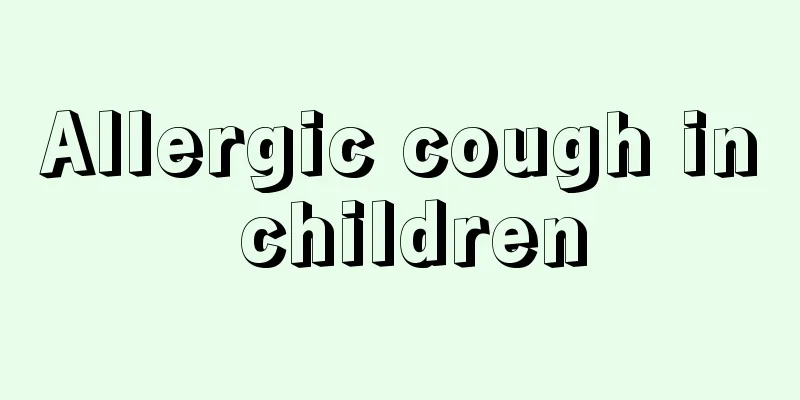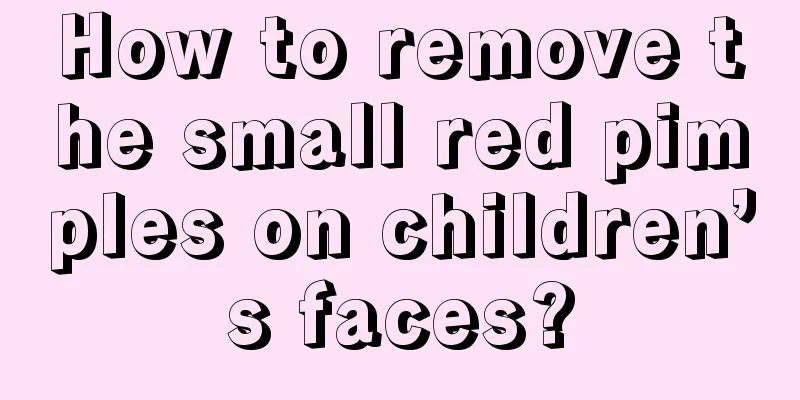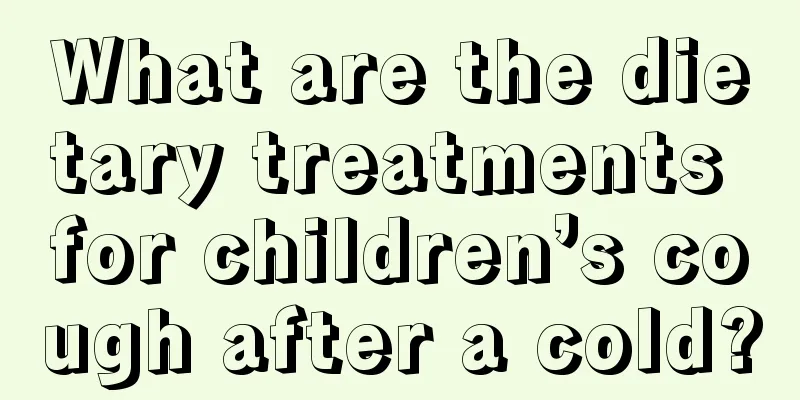Allergic cough in children

|
When children have allergic coughs, many parents will think that their children’s coughs are also caused by allergies. In fact, yes, many coughs are allergic coughs, which requires a doctor’s diagnosis to be confirmed. Children’s allergic coughs generally occur when cold and hot temperatures alternate or when seasons change, or when there is more pollen in spring flowers. Therefore, parents should pay more attention to their children at this time. If the child is coughing, they should consider whether it is an allergic cough. Allergic cough in children is not a severe condition and will recur. Generally, coughing does not cause fever. The sputum coughed up is thin, white, and foamy. The coughing lasts for a long time, and it is possible to cough continuously for two or three months. The symptoms at night are also more severe than during the day, so parents need to pay more attention. Here are some folk remedies and precautions for treating allergic cough. Allergic cough remedies 1. Water chestnut and lily soup. Ingredients: 30 grams of water chestnut (water chestnut), 1 gram of lily, 1 pear, and appropriate amount of rock sugar. Method: Wash, peel and mash the water chestnuts; peel and cut the pear into small cubes and remove the core; wash the lilies. Put these three ingredients into a pot, add water and cook until done, then add appropriate amount of rock sugar or brown sugar and cook until it becomes a thick paste. Serve immediately right out of the pot. Efficacy: Very effective for chronic tracheitis in infants. It is effective in treating wind-heat cough and resolving thick phlegm. Water chestnuts are slightly sweet and cold in nature. They can promote the production of body fluids, clear heat, resolve phlegm, aid digestion, and have a good detoxification effect. And water chestnuts contain a lot of starch. Protein, fat, calcium, phosphorus, iron, vitamins, etc. If your baby has a loss of appetite due to coughing, water chestnuts can supplement enough energy. Pears are a good product for clearing away heat and promoting salivation, and lilies also have the effect of moistening the lungs and relieving coughs. It is not recommended for infants with blood deficiency and weak constitution. 2. Steamed pear with Fritillaria cirrhosa. Ingredients: one snow pear or duck pear, 6 grams of Fritillaria cirrhosa, 20 grams of rock sugar. Method: Cut the stem of the pear and remove the core; grind the Fritillaria cirrhosa into powder and put it into the snow pear. Secure the pears with toothpicks or ropes, then place them in a clean large bowl, add a small amount of water and an appropriate amount of rock sugar. Steam in a pot for half an hour. After taking it out of the pot, eat the steamed pears and the Fritillaria cirrhosa together. Efficacy: Sichuan Fritillary Bulbs can relieve phlegm and cough, while Snow Pear can nourish the lungs Very effective for stubborn cough. 3 Radish and Honey Drink Ingredients: white radish, 3 gingers, jujubes, 30 grams of honey. Method: Slice the white radish and ginger, wash the jujubes, put them all in a pot, add water and boil for half an hour, then remove the residue, add honey and bring to a boil. Efficacy: White radish can promote salivation and stop bleeding, ginger can dispel wind and cold, stop vomiting and relieve gas, and honey can moisten dryness and relieve cough. It can treat babies who suffer from recurrent colds and coughs. But it is not applicable for wind-heat cough. 4 Lily honey Ingredients: 60 grams of lily, 30 grams of honey Method: Wash and dry the lilies, mix them with honey, put them in a bowl and steam them. After it comes out of the pot, give it to your baby as a snack. Efficacy: Lily tastes slightly bitter and is cold in nature. It is a good medicine for clearing the heart, calming the nerves, promoting fluid production and moistening the lungs. Honey has an obvious moisturizing effect. It is very effective for baby's cough, dry cough and dry cough caused by ammonia. Precautions 1. Maintain a clean and sanitary indoor environment. A humid environment is conducive to the reproduction of house dust mites, so pay attention to ventilation in the bathroom and kitchen, and remove all other items that can produce moisture (such as fish tanks). It is more important to reduce the number of dust mites in the bed because people spend the most time in bed. To this end, use a sealing cover or sleeve to cover the mattress and pillow. Regularly wash sheets, pillowcases, blankets, etc. with hot water or dry them in the sun. Avoid using carpets in bedrooms and do not cover furniture with textiles. And keep the room dry and well ventilated. Clean regularly and remove all kinds of debris, especially items that are moldy or prone to mold. 2. Reduce allergens, especially animal allergens. Try not to keep small animals such as cats and dogs at home, and try not to visit the homes of relatives and friends who have pets. 3. Carry out pest control regularly. Insects such as cockroaches are also important allergens. Thoroughly clean the rooms and kitchens where insects are present, and spray insecticides when the patient is not indoors. 4. Reduce the inhalation of pollen and smoke. In the spring when flowers are blooming, it is best not to go out, especially during the day and in the afternoon. If you go out, you should wear a mask. Not only should you not smoke in the room, you should also advise family members and guests not to smoke. 5. Avoid indoor pollution and emotional excitement. When decorating your house, try to use paints and decorative panels that are harmless to the human body. People who are allergic should wait until the paint is dry before entering. If you encounter a tense, intense scene or an impulsive environment, you should not get involved in it for too long or for too long, and you should also avoid strenuous exercise. 6. Keep your body warm and avoid sudden exposure to cold air. 7. Do not wear clothes made of down or silk. Allergic diseases should be treated early to prevent symptoms from worsening. Consult an allergy specialist directly. Everyone knows the precautions for allergic cough in children. If your child coughs for a long time, you should consider whether it is an allergic cough. In addition, if the child has an allergic constitution, especially in the spring when allergies are prevalent, he should reduce contact with allergens and supplement more nutrition to improve the child's immunity. |
<<: Allergic rhinitis in children
>>: Allergic constitution in children
Recommend
Three-year-old baby convulsions
The baby's body is very fragile and can be ea...
Reasons why 2-month-old babies have poor sleep
Babies are the apple of their parents' eyes. ...
Children do not wash their faces in the morning
For many children, they are actually very relucta...
How to prevent asthma relapses in children?
Childhood asthma is a very common respiratory dis...
What are the precautions for babies to bask in the sun?
Regular sunbathing has certain benefits for the b...
The dangers of mania in children
I believe everyone is familiar with diseases like...
How to treat children’s poor appetite?
What parents worry about most is that their child...
What to do if your child has a recurring low-grade fever
Parents should never ignore children's repeat...
Diarrhea, itchy rash
The gastrointestinal system carries all the diges...
How old can a child be to learn Taekwondo?
Nowadays, parents pay more and more attention to ...
What to do if a boy has inverted nipples
Many parents are worried about their baby's i...
Newborn baby wakes up crying
Many parents will find that their babies sometime...
What should I pay attention to if my 3-year-old baby drools while sleeping?
When a baby is young, it takes a certain process ...
What to do if your baby has an irritating cough
Irritating cough is a general term for coughs, su...
How to correct children's pigeon feet
Parents are usually overly anxious about their ch...









